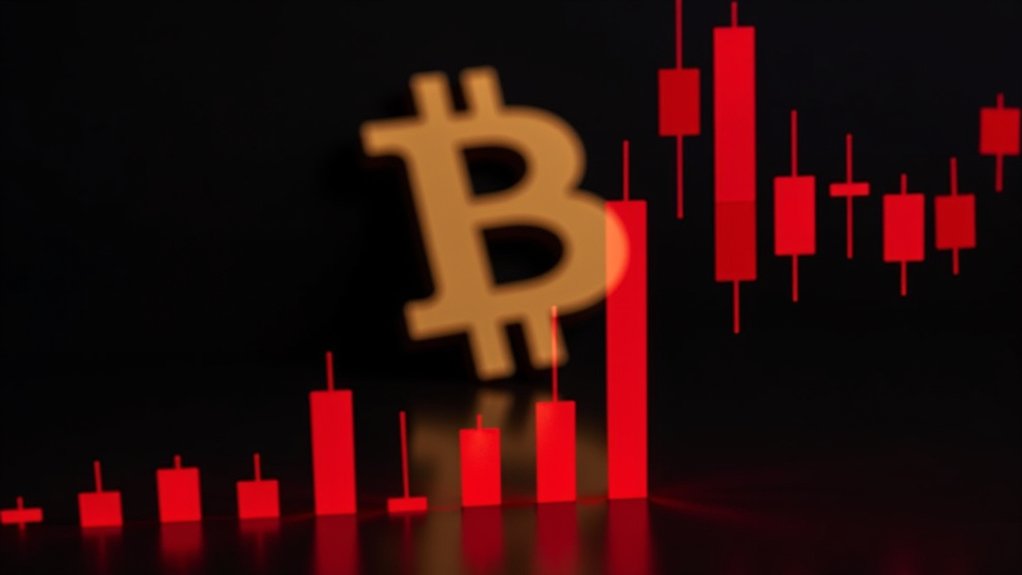Bitcoin has crashed below the $90,000 mark for the first time in 2025, sending shockwaves through the crypto market. The leading cryptocurrency plunged 9% on Tuesday, landing at $89,400 as of reporting time—its lowest level since November. Not exactly the dream start to the year crypto bros were hoping for.
The slump comes as ETF investors are heading for the exits. Over $1 billion has been yanked from Bitcoin ETFs in the last trading week alone, with December 20 marking a particularly brutal day of $680 million in outflows. Bitcoin ETFs specifically experienced $516 million in outflows while Ethereum faced similar pressure. Those institutional players who jumped in during the November ETF frenzy? They’re sitting on some serious losses, having paid an average of $96,500 per Bitcoin.
Multiple factors are driving this crypto carnage. U.S. trade tariff concerns, a massive $1.5 billion ether theft from Bybit exchange, and a complete absence of new bullish catalysts have created the perfect storm. The network’s transaction capacity limits of 3-7 transactions per second continue to present scalability challenges during high-volume trading periods.
A toxic trio of tariff fears, billion-dollar hacks, and zero positive catalysts has Bitcoin investors bracing for more pain.
No progress on crypto-friendly regulation or additional ETF approvals means there’s nothing to excite investors right now.
How low could Bitcoin go? The predictions aren’t pretty. Standard Chartered warns of a drop to the “low 80s,” while crypto veteran Arthur Hayes is eyeing a possible $70,000 level. Analysts are telling investors to cool their jets on “buying the dip” just yet. This pain might stick around.
Still, long-term projections remain wildly optimistic. Standard Chartered maintains its $200,000 Bitcoin price target for this year, with some forecasting $500,000 by the end of Trump’s second term.
The incoming administration has named crypto-friendly officials, and Republicans in Congress are crafting digital assets legislation focused on both innovation and consumer protection. Notably, Bybit demonstrated industry resilience by restoring its reserves to a 1:1 ratio within just 72 hours after the massive theft.
For now, both retail and institutional demand remain weak. One thing’s clear: without a compelling new narrative, Bitcoin’s rough patch could continue.
Fed policy and broader market conditions will determine whether this is just a bump in the road or something more serious.





